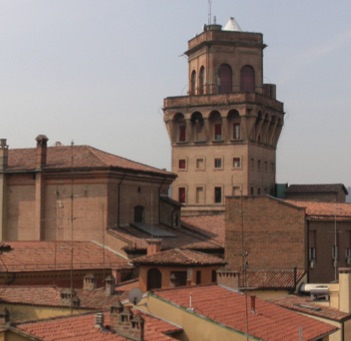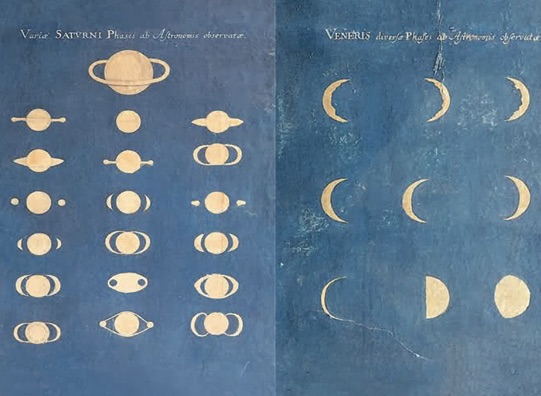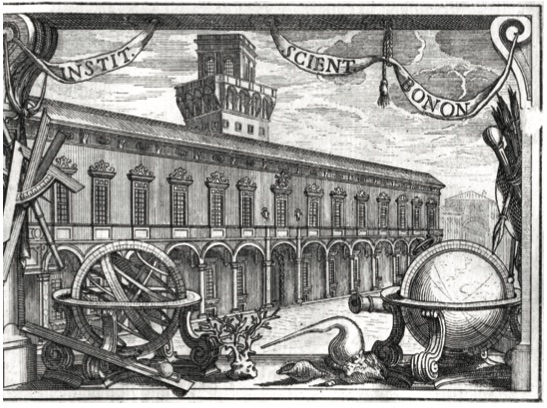The culture of a city takes shape from the elements that the territory offers: rocks, soil, water, vegetation and the sky above it all. The beauty and originality of a city originate in a sensitivity accompanied by an exploratory capacity that leads to a process of transformation: from an indistinct matter it leads us to increasingly clear and sharp figures that become emblematic.

This is also evident in the paintings of Giorgio Morandi, who chose Grizzana for the great variety of green tones that struck him: sensitivity accompanied by the exploration of colours. In Bologna, over the centuries we have dug and studied the soil to lay the foundations that nurtured upward growth. What is below has been explored and transformed in order to conquer the heights and come into contact with them, and this is proven by the presence of twenty-two towers of medieval origins that are found in our city, flanked by numerous bell towers. Bologna has grown in height, but we know that when we reach the top, our attention turns downward: the soft sounds of the city, look for the daily traces where our lives take place. Even the astronauts of the ISS, who arrived in orbit, give us back images full of wonders and nostalgia for our planet. From below we look respectfully and admiringly upward, and from above we look nostalgically downward.

There is only one exception in Bologna, a particular tower that has kept looking upward for three centuries: the Specola. It was commissioned by Luigi Ferdinando Marsili (Bologna, July 10, 1658 - Bologna, November 1, 1730), a scientist, soldier, geologist, and botanist. The Specola was built between 1712 and 1726 according to a design by architect Giuseppe Antonio Torri. The Specola stands on the then peripheral Palazzo Poggi, which Marsili transformed into a place of scientific study, according to the models he had learned during his long journey in Europe. The Specola is the only vertical building that has its gaze perpetually pointed towards the sky, rotated with respect to the layout of the building by 45 degrees to align with the motion of celestial bodies such as the sun. Inside, there are ten astronomical works by Maria Clara Eimmart (Nuremberg, May 27, 1676 - Nuremberg, October 29, 1707), an astronomer and artist. The ten plates still on display today in the Specola bear witness to the expert research that accompanied the observation of the sky with the first telescopes and the artistic expertise that research and scientific dissemination required.

In the absence of photography, it was useful to have sensitivity and accuracy in vision accompanied by a precise artistic technique. A painter and astronomer, she created these plates by painting on blue sheets of paper inside the personal observatory of her father, a successful painter, engraver, and amateur astronomer. The plates represent lunar phases, comets, sunspots, the phases of the planets confirming the Copernican heliocentric theory. The father, Georg Christoph, will make a gift of the twelve plates to his friend Marsili at the death of his daughter in childbirth.




.png)